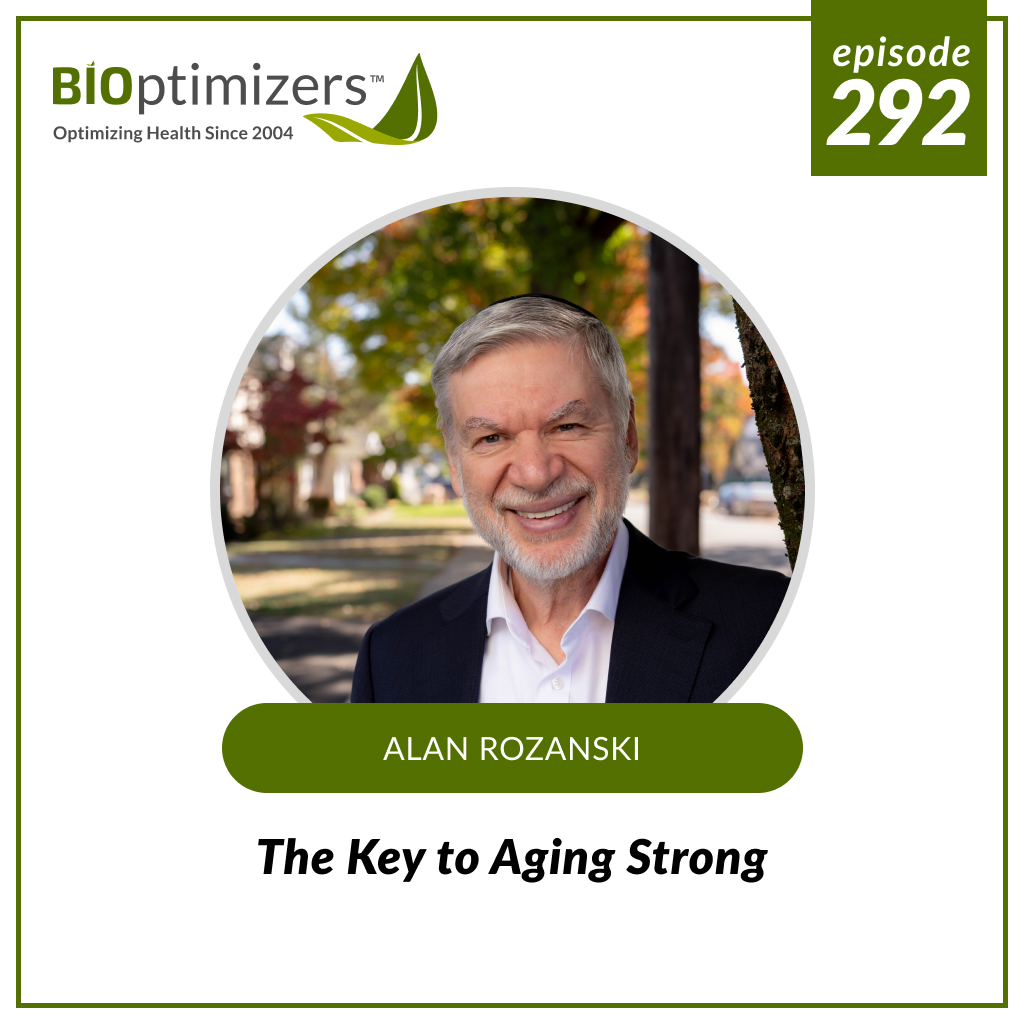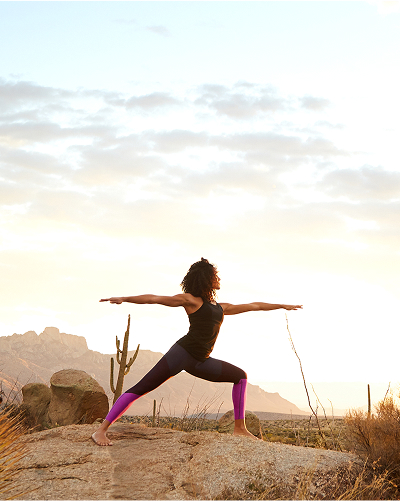292: The Key to Aging Strong – with Alan Rozanski

We all want to age with vitality and independence. Yet, there’s a stark statistic looming over Americans: 1 in 3 people over 65 will suffer a fall. This “overlooked aging crisis” isn’t just about a broken bone; it’s often the starting point for a decline in health, confidence, and independence.
According to Dr. Alan Rozanski, a distinguished professor of medicine, the solution isn’t a new drug or a complex medical procedure. It’s a proactive, powerful strategy he calls “muscle care.”
The Real Reason We Fall
The primary driver behind this crisis is a natural process that we’ve accepted for too long: muscle loss, or sarcopenia. Dr. Rozanski lays out the startling reality of what happens when we remain sedentary.
“If you’re not doing resistance training, you are going to lose, even from the age of 30 on, you’re starting to lose about 3-8% of your muscle mass per decade, and that accelerates after age 60.”
This isn’t just a cosmetic issue. That loss of muscle mass is directly linked to a loss of strength, power, and… most critically… balance. When you have to stop a stumble or catch yourself, you’re relying on muscle. When that muscle isn’t there, a simple trip becomes a disaster.
The Answer: Stress Your Muscles
The good news, as Dr. Rozanski explains, is that this decline is not inevitable. We have a powerful tool to fight back.
“You’ve got to stress your muscles, you know? We call it muscle care,” he states. He emphasizes that this muscle loss “can be largely minimized if you are doing resistance training.”
The benefits go far beyond just being stronger. Dr. Rozanski notes that resistance training “promotes better immunological health, biochemical health, better mindset, greater sense of resilience, stronger muscles, and you decrease your risk of falling.”
This is the key takeaway: building strength is a direct investment in your stability and your ability to live life on your own terms.
Start With One Simple Move
For many, the idea of “resistance training” conjures images of intimidating gyms and complex machines. Dr. Rozanski insists on a different approach, one that prioritizes consistency over intensity.
“We want psychological success before aerobic success,” he says. He calls this “the power of the first step.”
The goal isn’t to become a bodybuilder. The goal is to get on the playing field. “Choose one exercise,” Dr. Rozanski advises. “Let’s get you to do one thing that you will do each day.”
His favorite starting point for someone completely sedentary? “My favorite would be just to do a sit-to-stand. You know, sit in a chair, have your hands up against your chest, and just get up without using your hands, go back down.”
Resistance Snacks Work Wonders
You don’t need to block out an hour every day. Dr. Rozanski is a proponent of what he calls “resistance snacks,” or “exercise snacks.”
These are small, manageable bits of exercise you can do throughout your day. “Dedicating about a half hour twice a week,” he says, is enough to start making a profound difference.
You can develop a simple repertoire of 5 or 6 exercises that target your core, upper body, and lower limbs. A few sit-to-stands, some calf raises, or stepping up and down on a stair. This small, consistent effort builds the resilience you need.
Aging doesn’t have to mean a loss of independence. By actively caring for your muscles, you are building a biological insurance policy against falls and decline. As Dr. Rozanski puts it, starting this practice, even in the smallest way, “is a tremendous investment in terms of your life.”
In this podcast, you’ll learn:
- Why 1 in 3 Americans over 65 will fall… and how “muscle care” is the key to independence.
- The shocking reality of muscle loss: 3-8% per decade starting at age 30, accelerating after 60.
- Dr. Rozanski’s “power of the first step” philosophy and why sit-to-stands are the perfect starting exercise.
- The concept of “resistance snacks”… small bits of exercise throughout your day that build real strength.
- Creative ways to integrate micro-strength training into daily routines (like squats at lunch) as a practical, sustainable way to stay strong at any age.
EPISODE RESOURCES:





